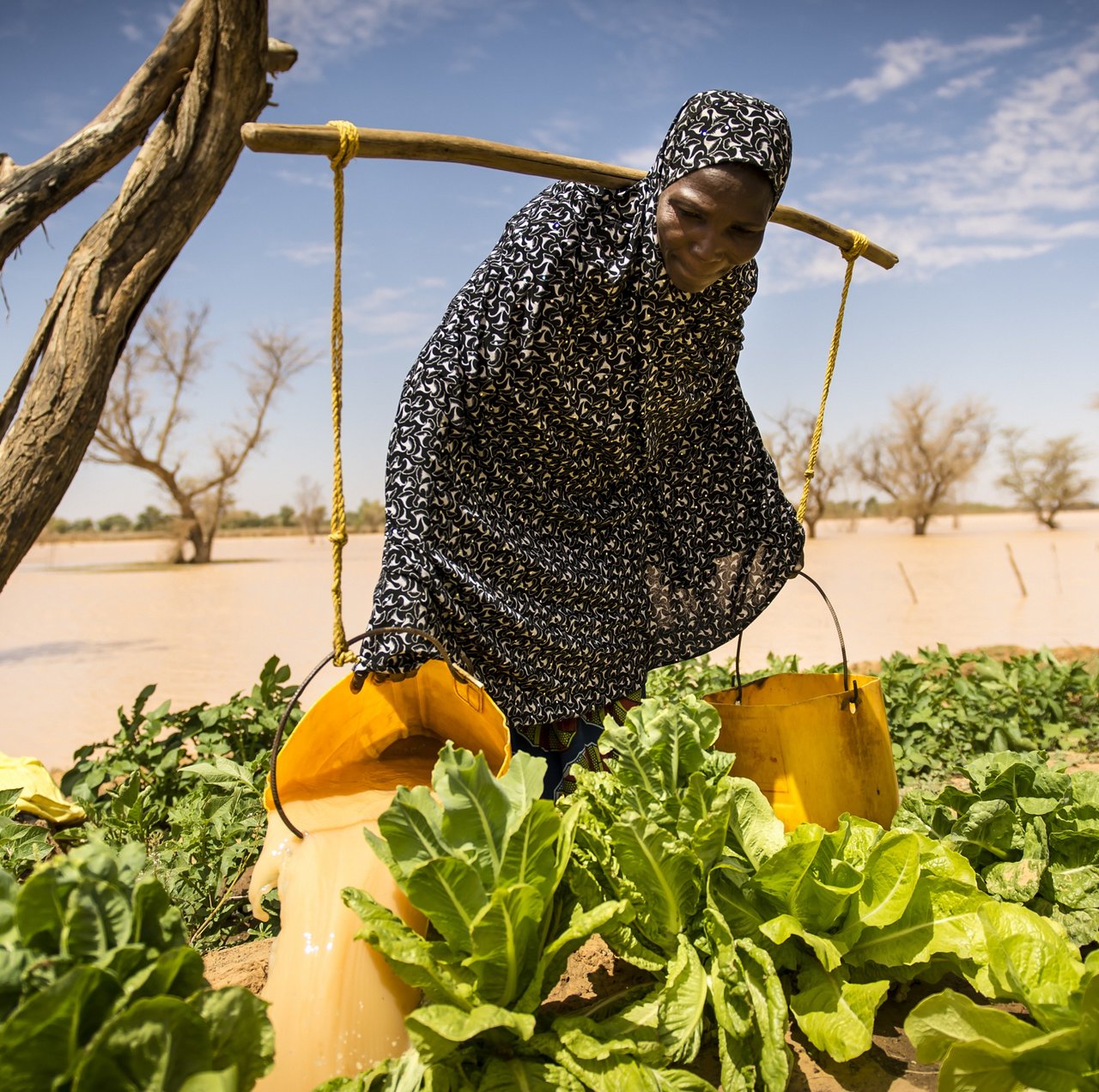NASA and global humanitarian organization Mercy Corps are partnering to help vulnerable communities in some of Earth's most fragile places better withstand challenges such as population growth, resource scarcity and climate change.
Under a three-year Space Act Agreement signed on March 29, the partnership will combine NASA’s Earth observation capabilities, including satellite data, imagery, and modeling and analysis, with Mercy Corps’ local insights and development expertise in more than 40 countries. Projects will assist communities in building resilience to complex stresses and making decisions that have long-term benefits for people and the environment.
“This partnership enables NASA and Mercy Corps to amplify our collective capacities to reach communities in the most risk-prone regions of the world with the information they need the most,” said David Green, disasters program director in NASA’s Earth Science Division, Washington. “As NASA seeks to expand our understanding of the integrated Earth system from global to local scales, Mercy Corps’ extensive and practical knowledge of the human element – social, environmental, economic and political – is critical.”
Through the partnership, Mercy Corps aims to integrate NASA’s data and tools into the organization’s analysis and program design processes, as well as make NASA’s data available to local decision makers. This would help national and municipal governments and local community groups better design and implement their own sustainable, data-driven policies and programs in response to the critical challenges they face.
“NASA’s data and unparalleled expertise can help us better understand Earth’s resources in fragile areas where communities are increasingly vulnerable to existential threats like climate change and conflict,” said Eliot Levine, Mercy Corps director for energy, environment and climate. “Our response to these challenges must become more sophisticated, transcending typical development and humanitarian practices.”
In an initial project in Niger (seen from orbit in 2001 in the photo above), NASA and Mercy Corps are exploring how NASA’s satellite measurements of groundwater changes can help the drought-prone, farming-intensive country create sustainable livelihoods for the 80 percent of Nigeriens who are subsistence farmers. Nigeriens often don’t know where or how much underground water resources exist, or if the amount currently extracted for agriculture is sustainable. NASA’s Earth observations can fill that knowledge gap.
Similar work for mapping groundwater and other natural resources are also targeted for countries across the African continent and Asia.
For more than five decades, NASA has used the vantage point of space to understand and explore our home planet, improve lives and safeguard our future. NASA brings together technology, science and unique global Earth observations to provide societal benefits and strengthen our nation.
For more information about NASA Earth science activities, visit:






